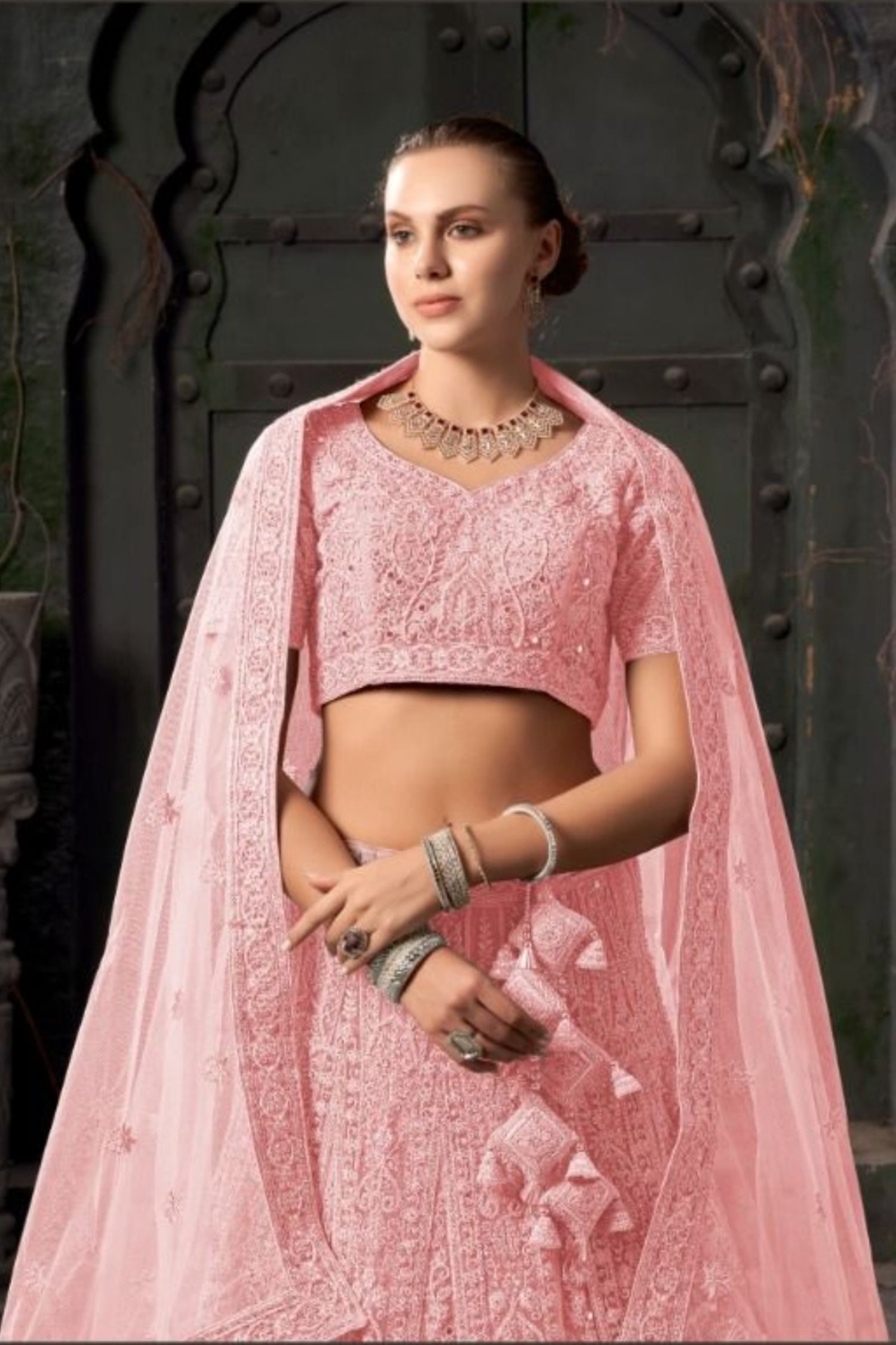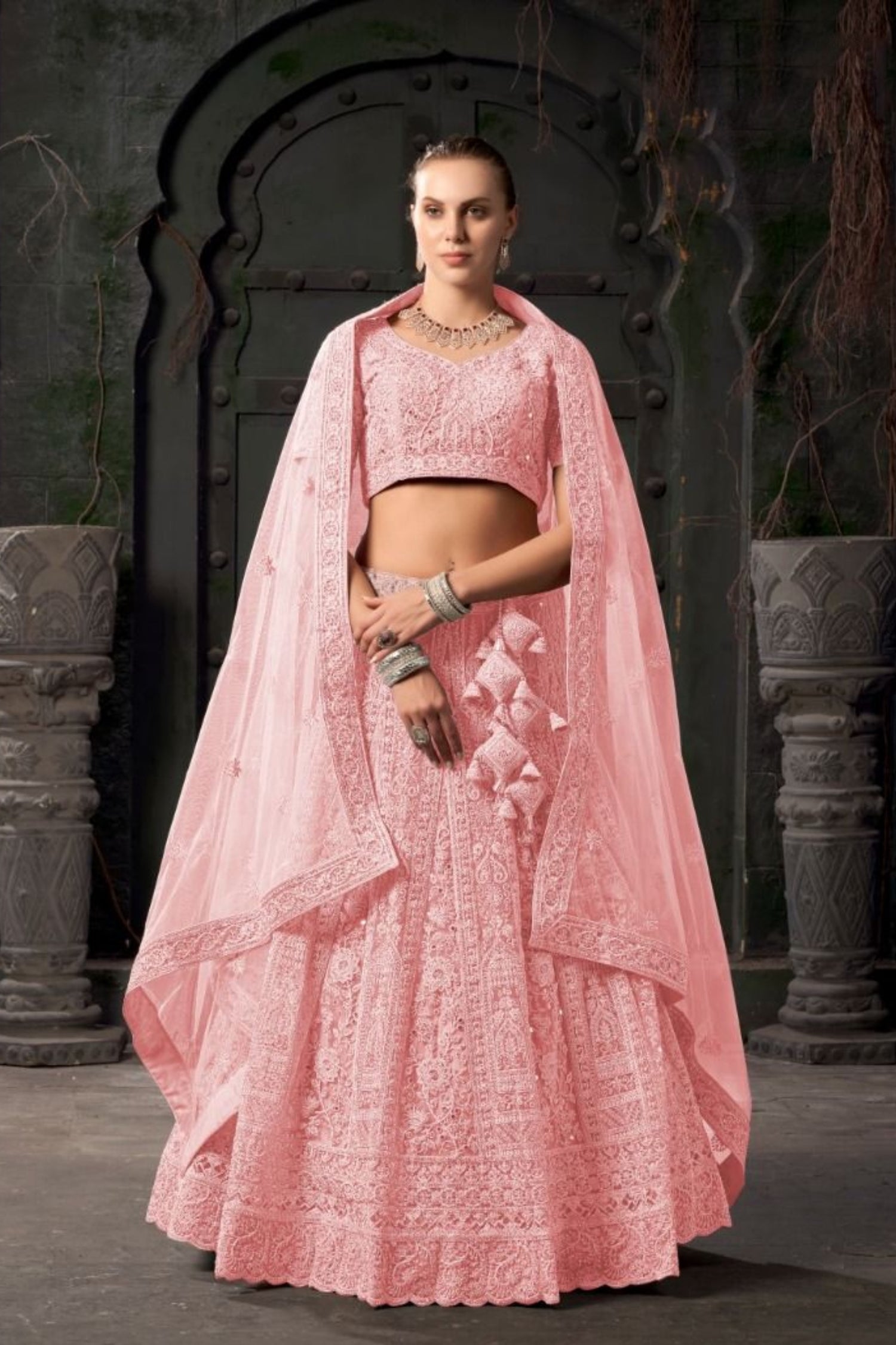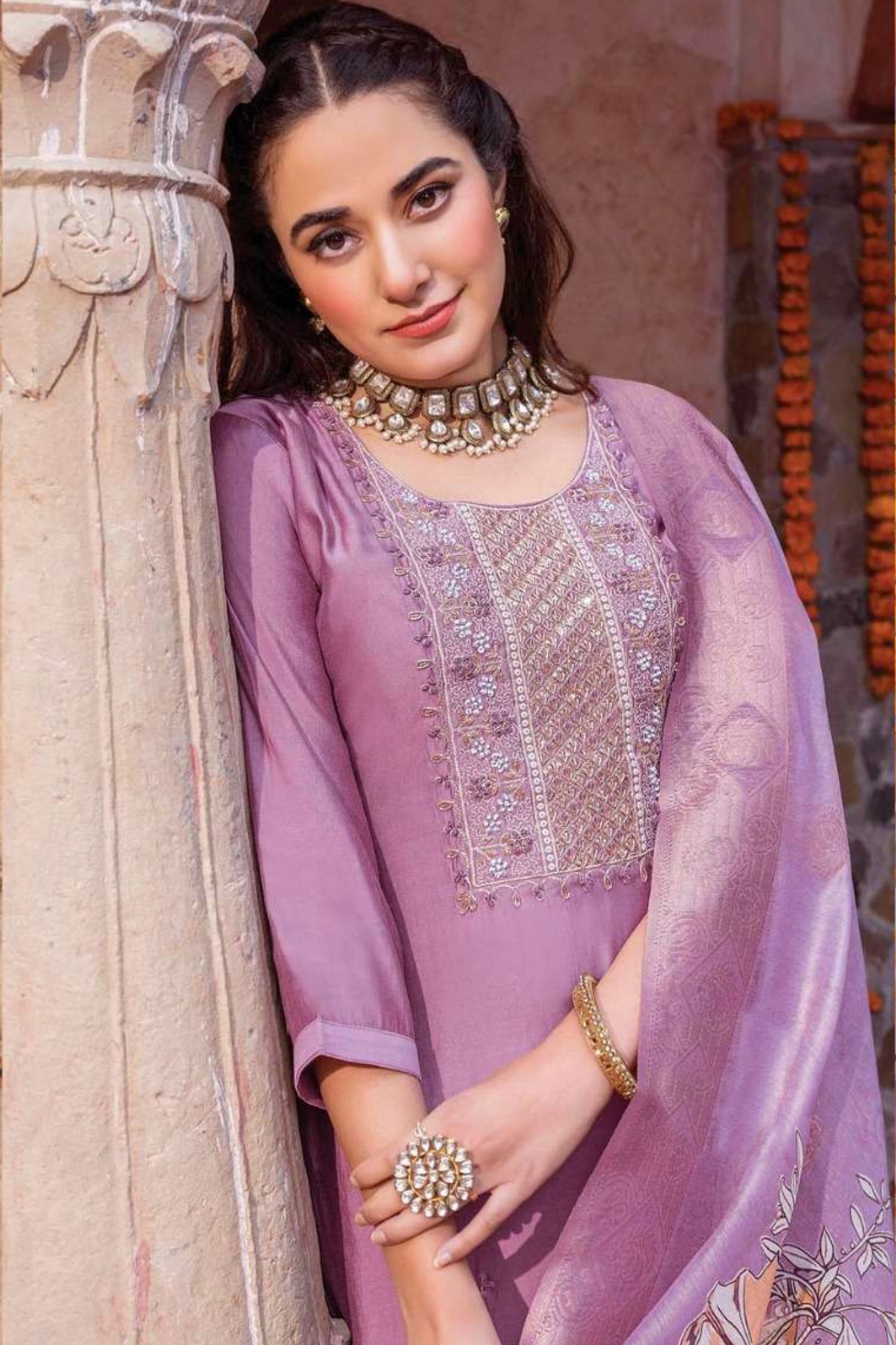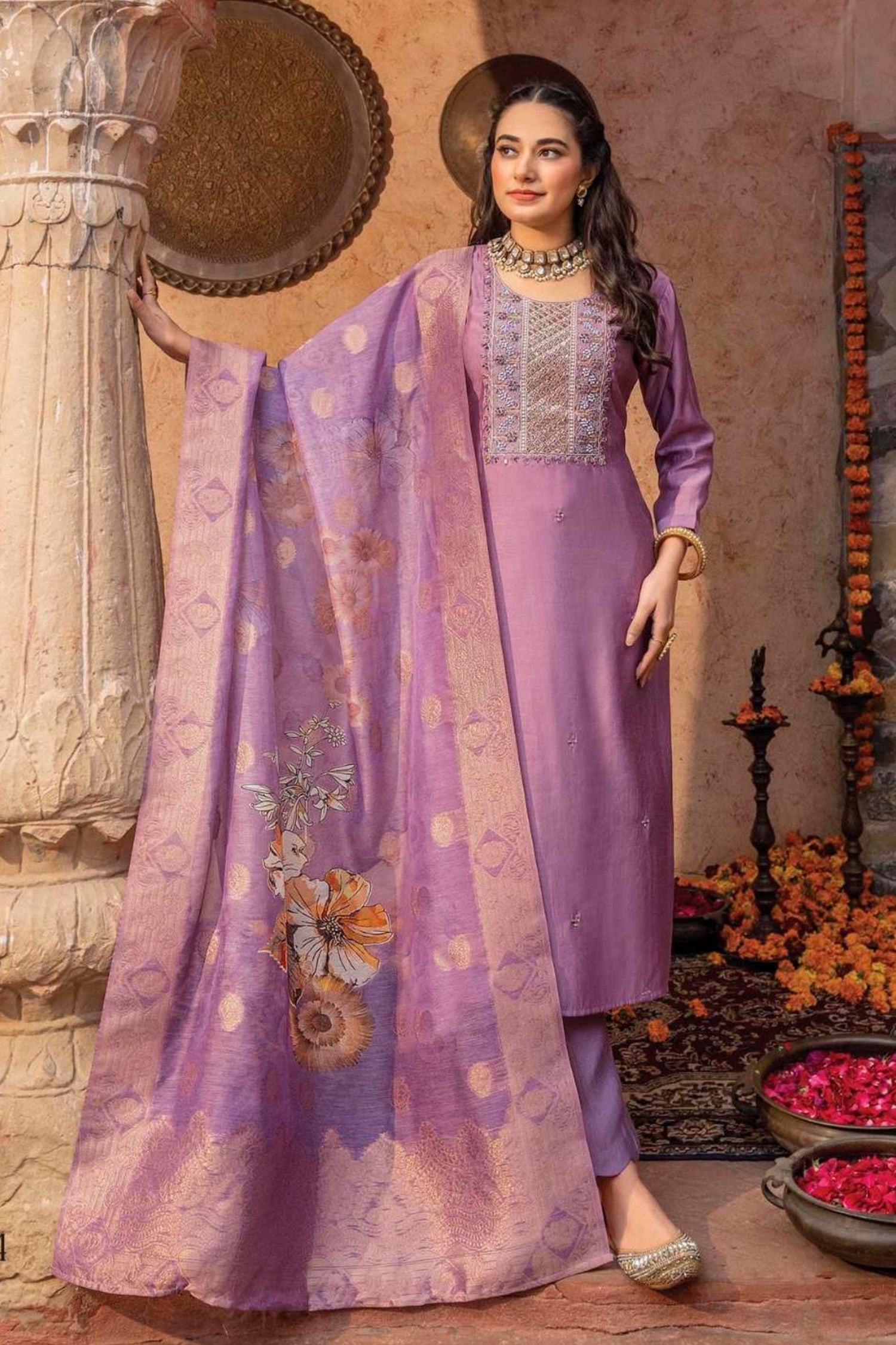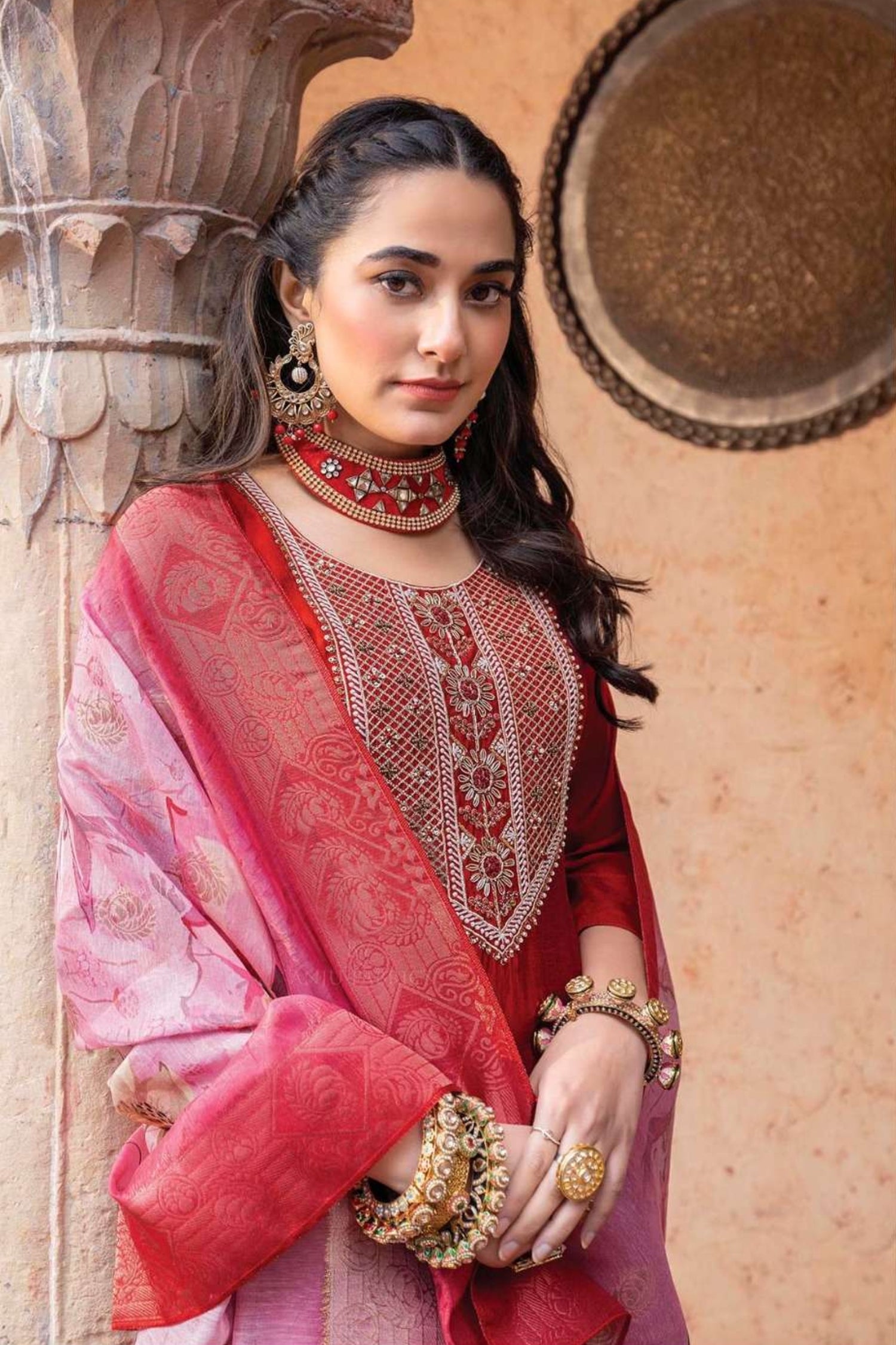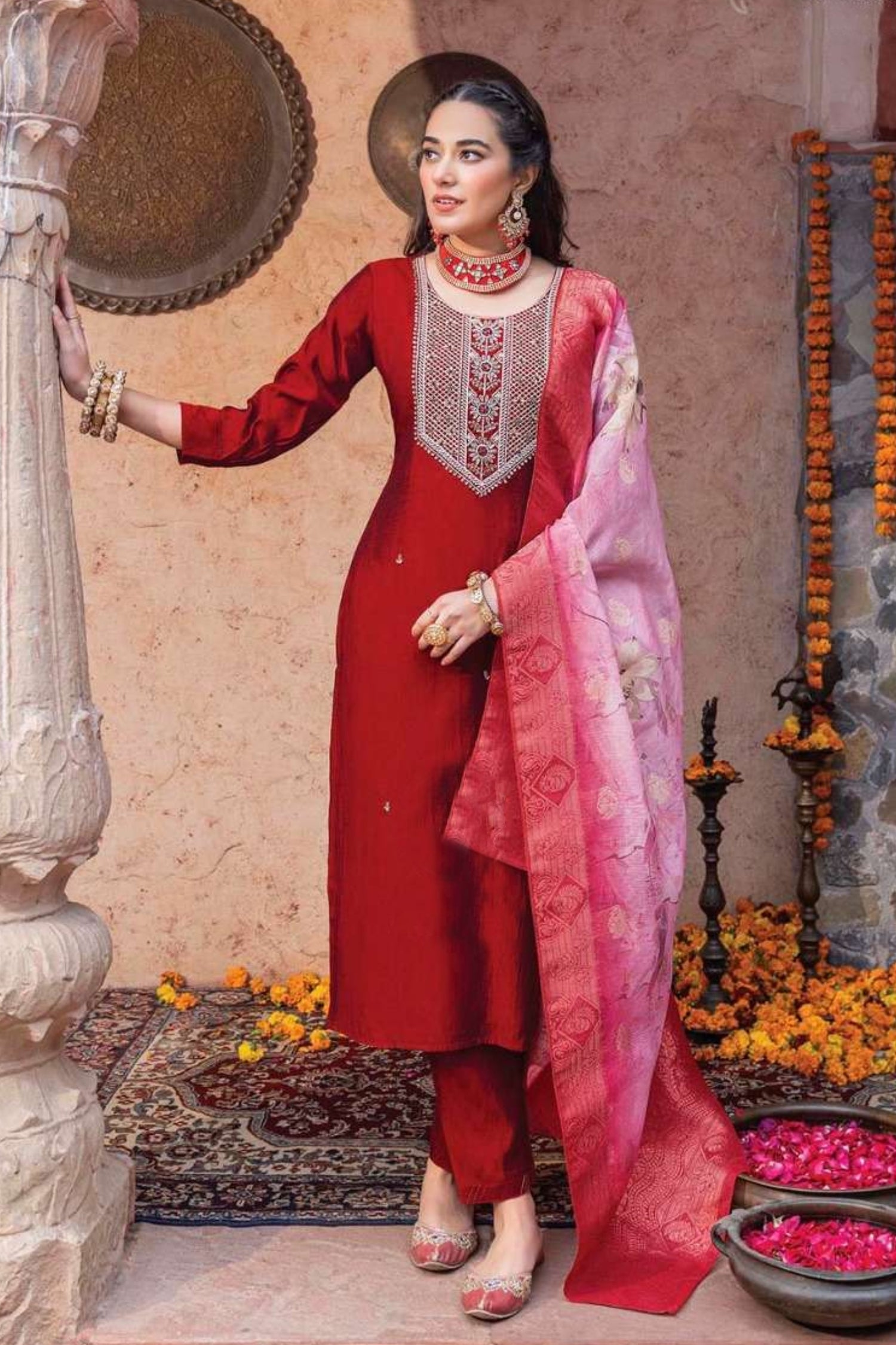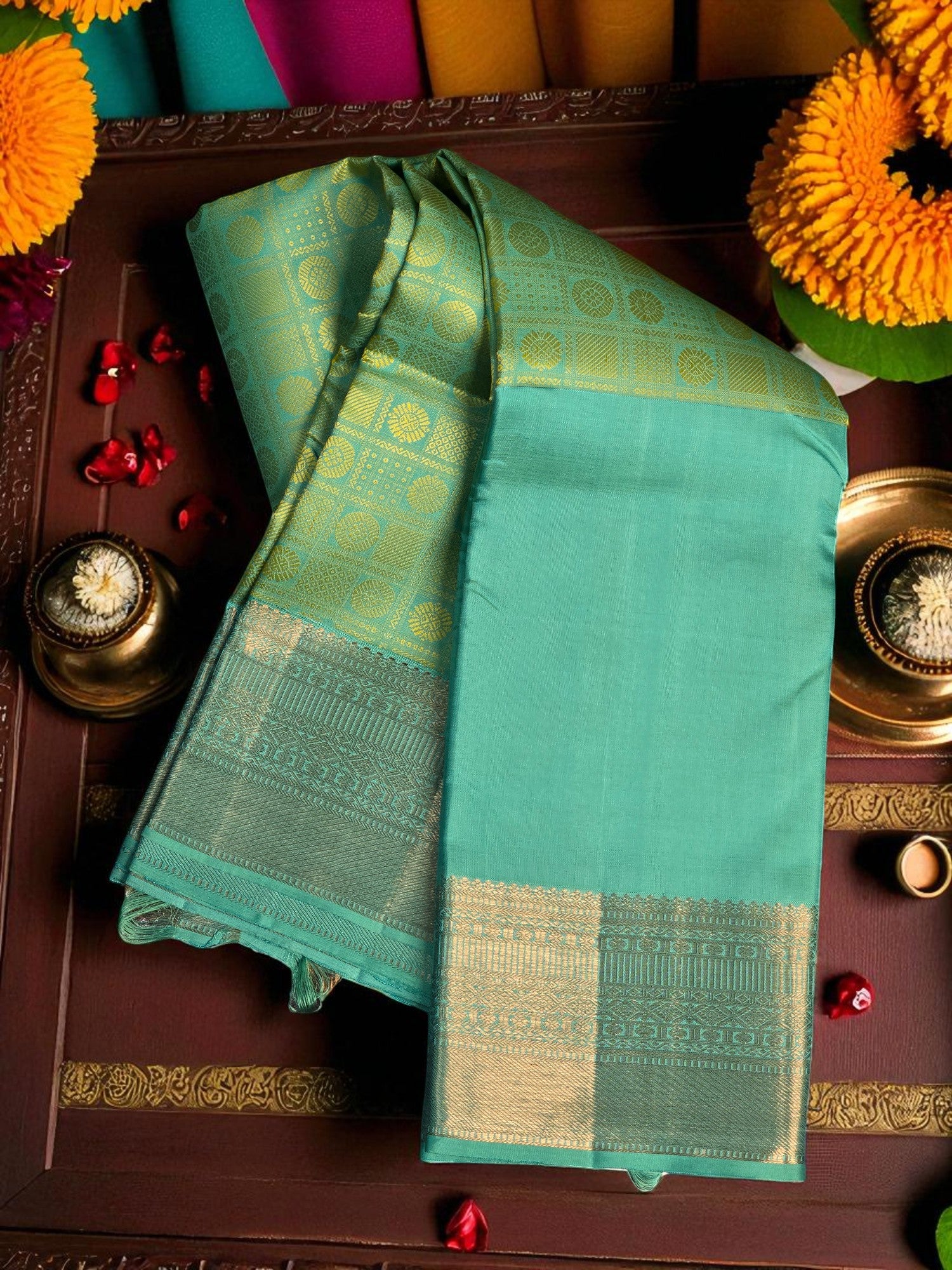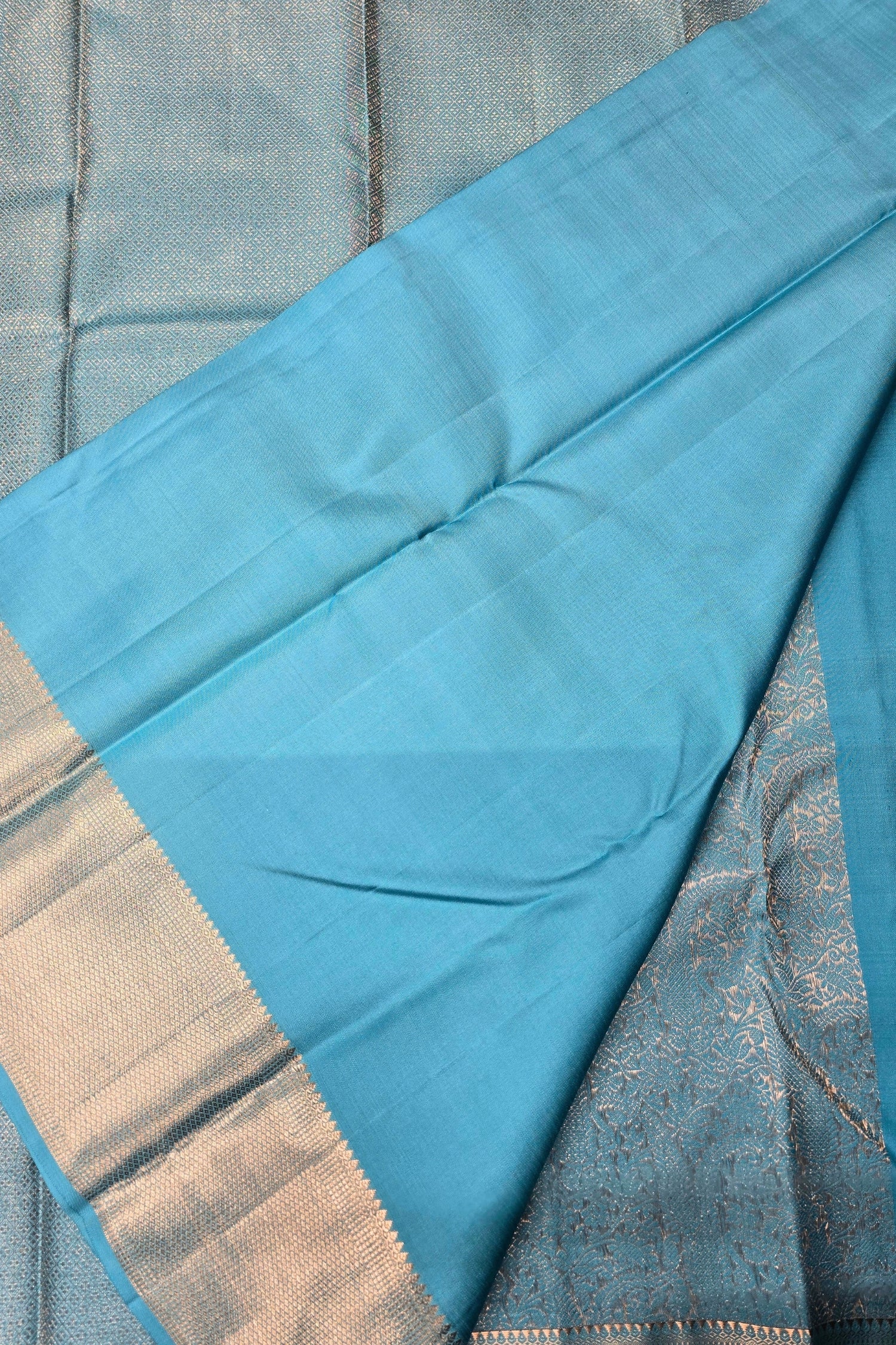Banarasi silk sarees are more than just traditional Indian garments—they are woven legacies that carry centuries of artistry and cultural pride. Originating from the sacred city of Varanasi, these sarees are known for their opulent texture, fine craftsmanship, and timeless charm. Let’s take a closer look at how Banarasi sarees have maintained their relevance from ancient times to modern wardrobes.
Origin and Historical Significance
The history of Banarasi silk dates back several hundred years. These sarees were originally woven for royalty, crafted with real gold and silver threads. Influenced by Persian motifs and Mughal aesthetics, early Banarasi designs combined luxurious materials with intricate patterns. Over time, this weaving tradition became a hallmark of Varanasi’s cultural identity.
The Art of Handloom Weaving
Each Banarasi saree is the result of highly skilled, labor-intensive craftsmanship. Using handlooms, artisans carefully interlace silk threads with metallic yarns to create detailed patterns. Depending on the complexity of the design, it can take several weeks—or even months—to complete a single saree.
Key characteristics include:
-
Ornate zari (metallic thread) work
-
Motifs inspired by nature and heritage, such as lotuses, vines, and paisleys
-
Rich pallus and decorative borders
-
A smooth, lustrous silk base
This traditional weaving method not only reflects artistic excellence but also preserves generations of inherited knowledge.
Cultural Importance and Legacy
In many Indian households, Banarasi sarees hold sentimental value. They are commonly worn during weddings, religious ceremonies, and major festivals. These sarees are often handed down from one generation to the next, becoming family heirlooms that symbolize grace, honor, and continuity.
They are particularly favored by brides, as they represent prosperity, tradition, and elegance all in one ensemble.
A Contemporary Revival
Banarasi silk has gracefully evolved to suit modern tastes. Today’s designers are reimagining the saree with updated colors, minimalist patterns, and experimental silhouettes. Banarasi fabric is also being used to create fusion outfits, including lehengas, blouses, and even western-style garments. This creative evolution allows younger generations to connect with tradition in a fresh and personal way.
Why Banarasi Sarees Still Matter
Beyond their beauty, Banarasi sarees are an important part of India’s textile heritage. Purchasing one supports traditional weavers and promotes sustainable fashion. Each piece carries not only aesthetic value but also the story of a craft that has endured the test of time.
Conclusion
Banarasi silk sarees continue to represent the perfect blend of heritage, craftsmanship, and timeless style. Whether worn at a celebration or cherished as a keepsake, these sarees embody the richness of India’s cultural fabric. As fashion trends evolve, Banarasi sarees remain a symbol of authenticity and enduring elegance.
Explore our Banarasi collection and embrace a tradition that never fades.

